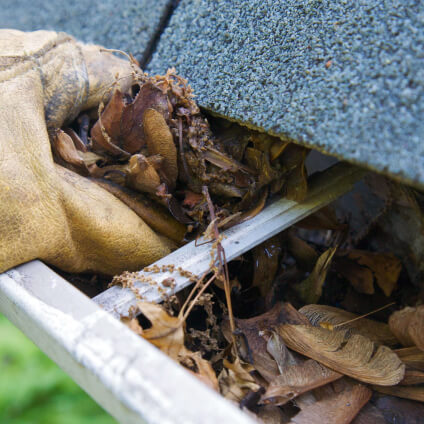Protecting Your Home Against Lightning

When it comes to home protection against lightning strikes, your best strategy isn't to cross your fingers and hope for the best. Insurance companies estimate building losses caused by lightning in the billions of dollars each year. You can protect your home against direct or indirect lightning strikes by understanding the dangers and taking precautions.
Damage from lightning strikes
Should lightning strike when you are inside your home, expect to hear an explosive sound so loud and powerful that everything inside your house shakes. Fortunately, many newly constructed homes are designed to withstand or absorb lightning strikes. Exterior damage is usually minor at the point of impact. Your real concern is the aftermath of the strike inside your home.
- Fire. It is estimated that a lightning bolt's temperature can reach 50,000 degrees. Odds are that if your home is hit, you will experience fire damage. Often you won't notice a fire caused by lightning right away; it can hide in attic spaces or inside walls. Call your local fire department immediately whether or not you see any flames or smoke. After you call the fire department, schedule a follow-up electrical diagnosis of your home's wiring with a qualified electrical company.
- Power surges. Even more common than fire are power surges inside your home. Average home usage is around 220 volts; lightning volts can be measured in the tens of millions. Although this number sounds scary, almost all homes are equipped with some type of surge protection and grounding per the National Electric Code. However, although the outside of your home may be protected, any appliances and technology items inside your home are at risk. Power surge strips do help; you can purchase them at any electronics store. There are also low cost whole house surge devices available that can be installed by an electrician. A whole house surge device protects things you may not even consider such as refrigerators and washer/dryer units.
Protect against lightning
Lightning strikes are no different from other natural disasters in their fickleness and mystery. Why is one home hit while another a few feet away is left untouched? The same inconsistency can occur inside your home when lightning strikes and power surges randomly choose their victims. Depending on the intensity of the strike, even a power surge strip can fail. Telephones, personal computers, stereo equipment and flat screen TVs are common fatalities because they use multiple outlets and are connected to high-risk electrical strike paths and phone lines.
If you are home, the easiest way to protect electrical items is simple: Unplug them during a thunderstorm. Don't wait until thunderbolts rattle your windows! Have a system in place for unplugging in which family members work in an organized way to get the job done. Put all computers and landline telephones first on the list.
In addition to home protection issues, there are useful tips for your family as well. Reports of people being struck by lightning while talking on the telephone are not uncommon. Avoid this danger by making sure that no one has any contact with anything electrical during a storm. A lightning strike on a neighborhood telephone pole can send dangerous voltage directly into your home. If you must communicate, use your cellphone.
You may feel safer inside your home during a storm, but don't take risks by standing near windows or doors and stay away from water until after the storm has passed.
Safety offers many home insurance coverage enhancements. Contact your independent agent if you have any questions about your homeowner's insurance policy as it applies to damage caused by lightning.





